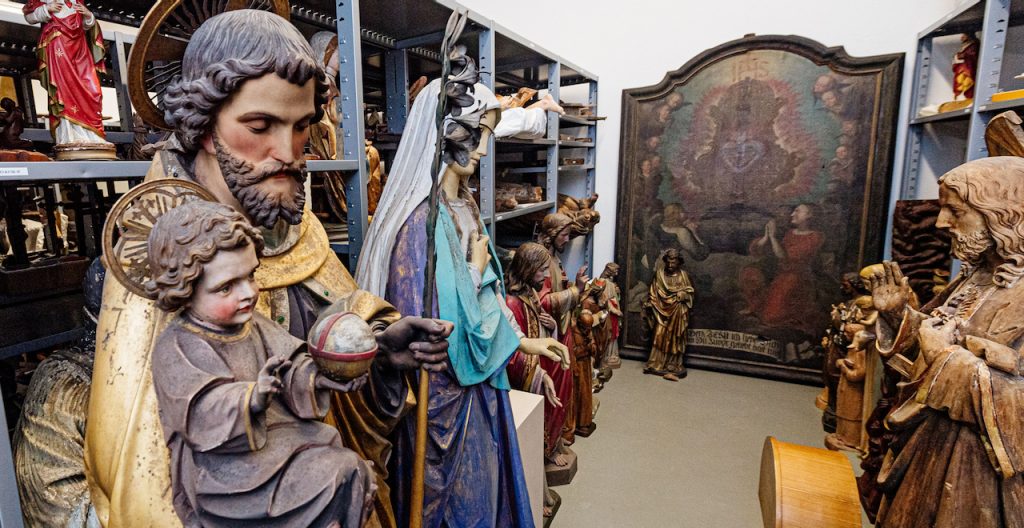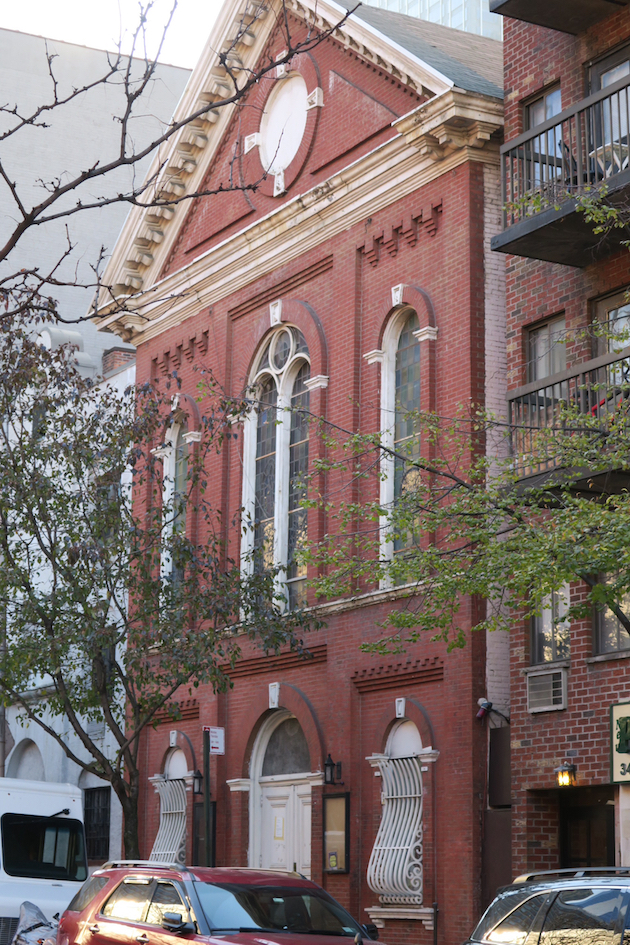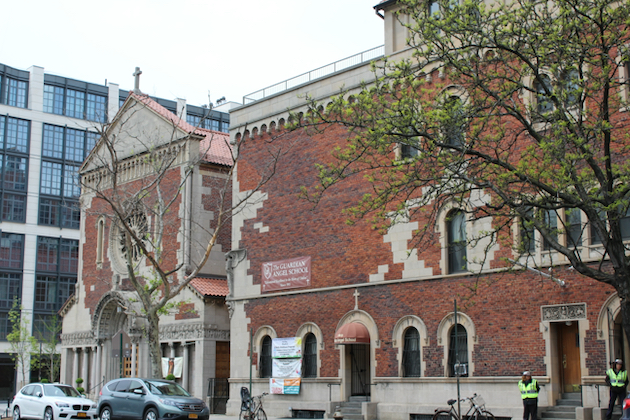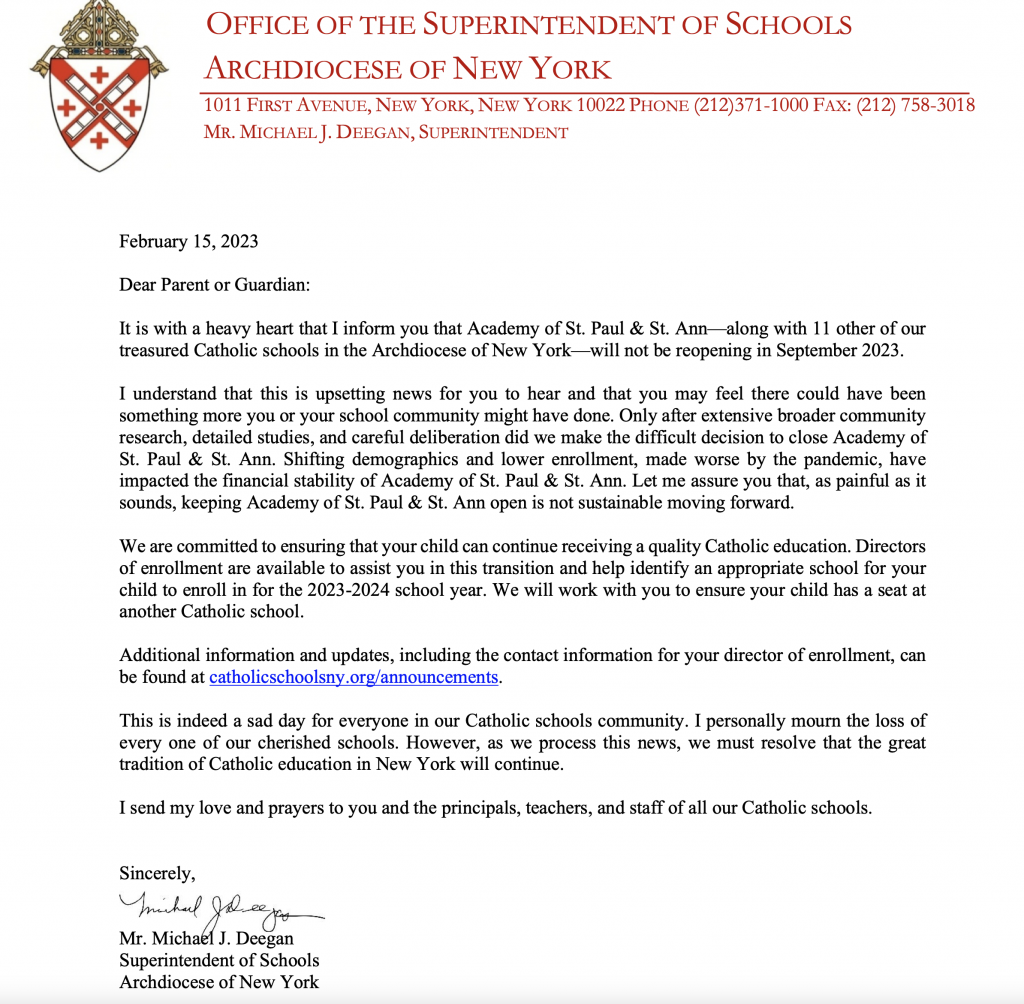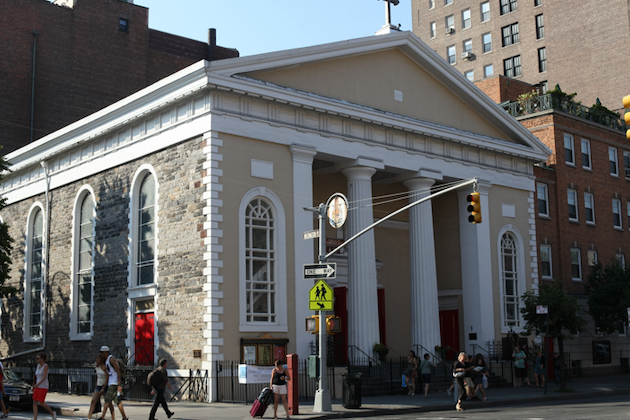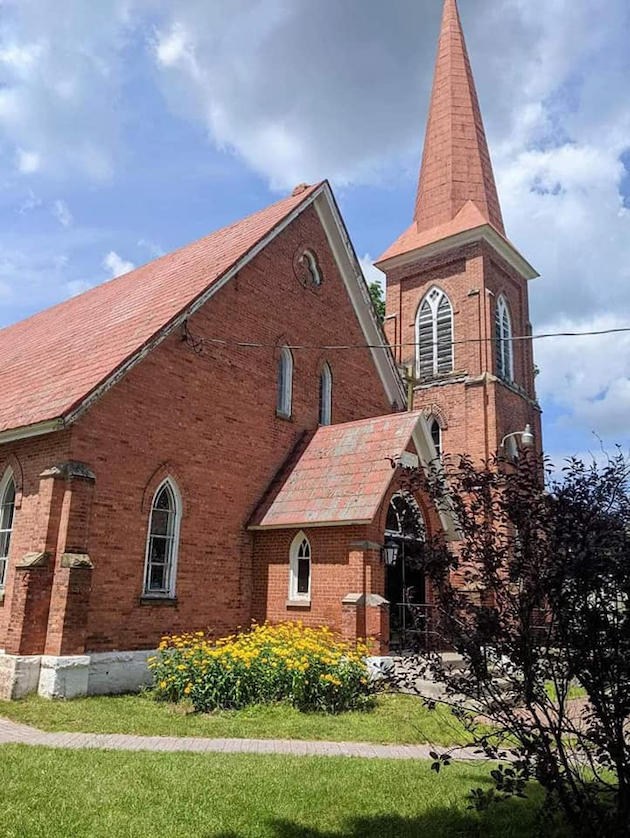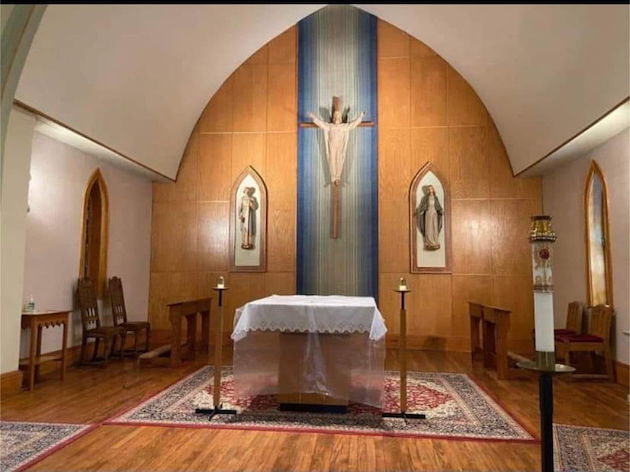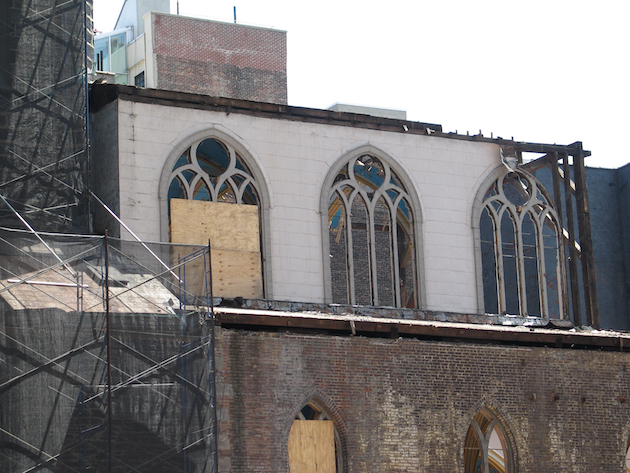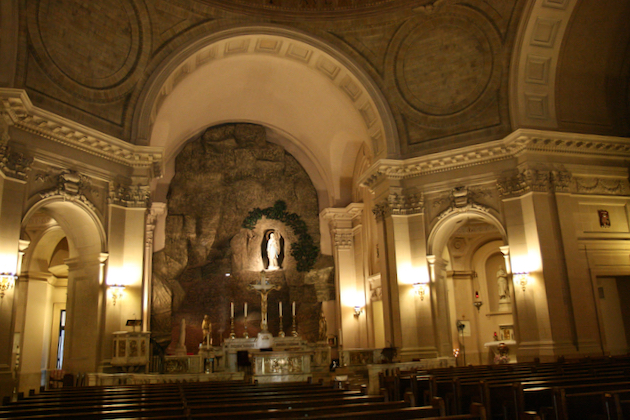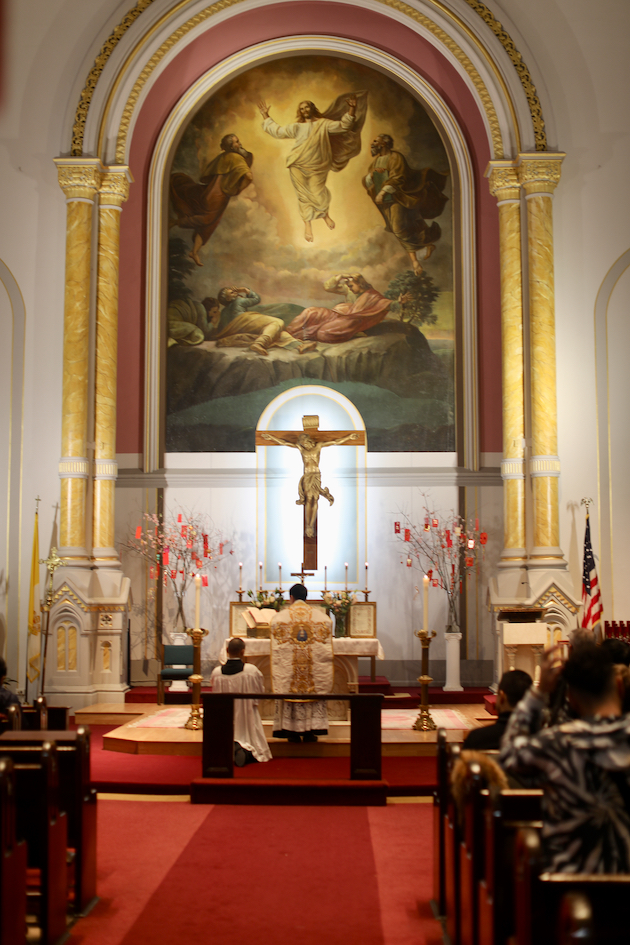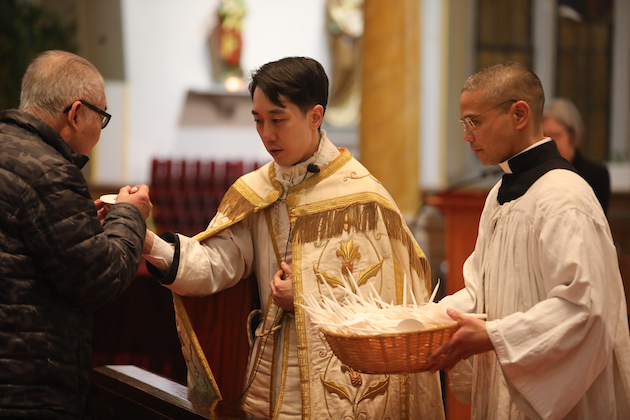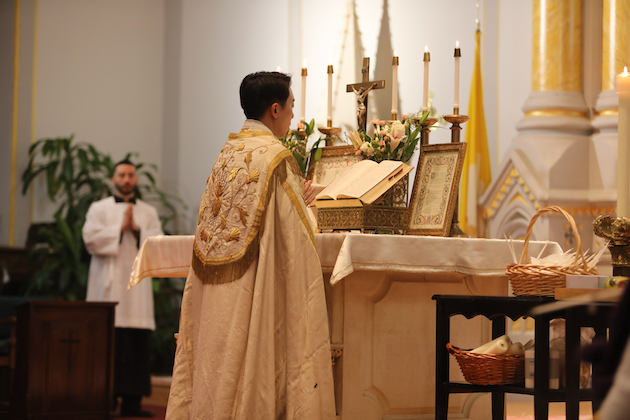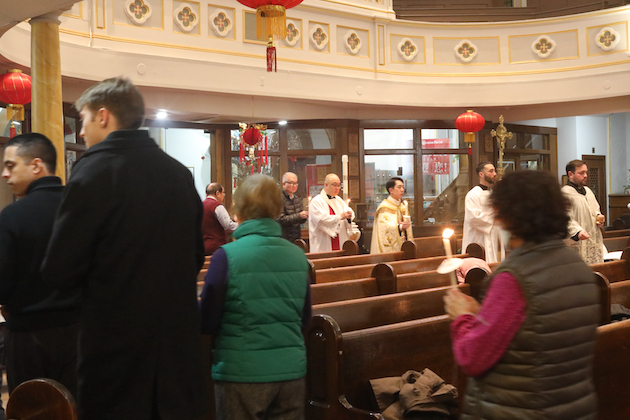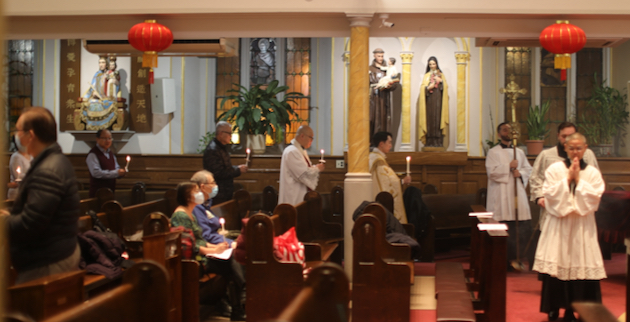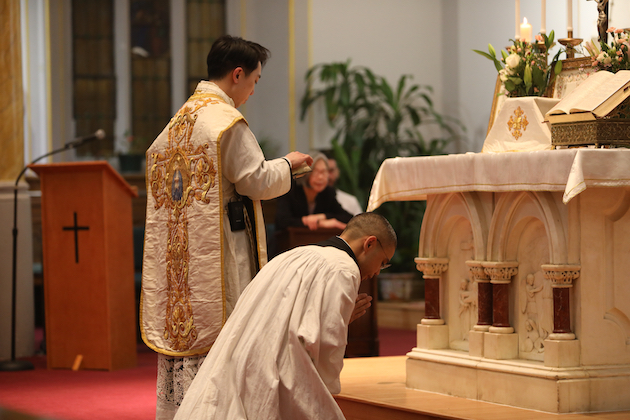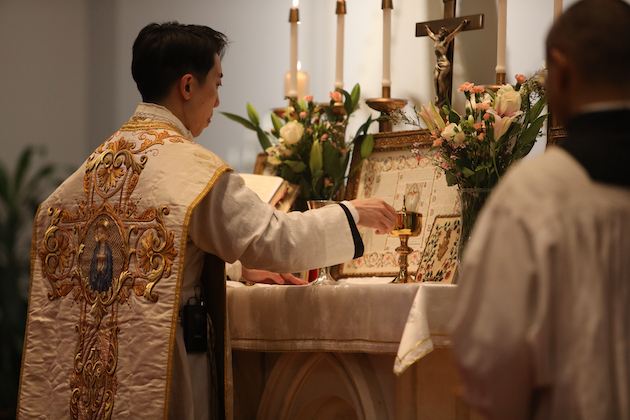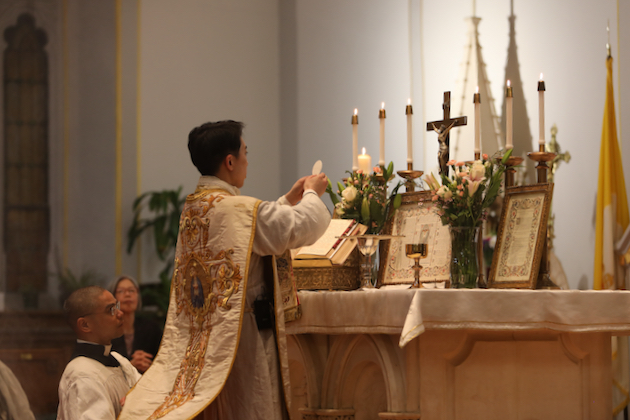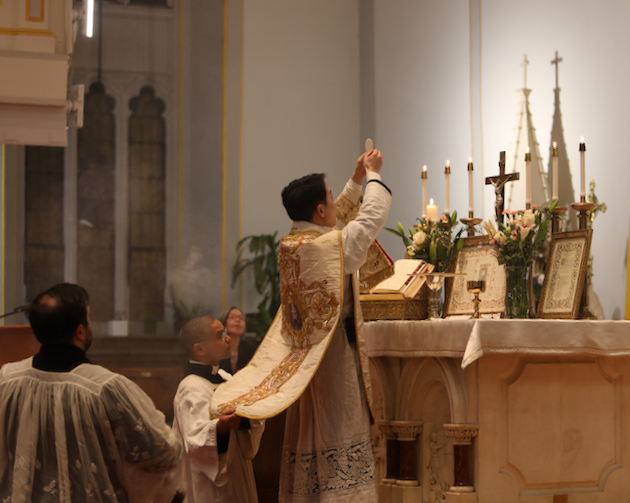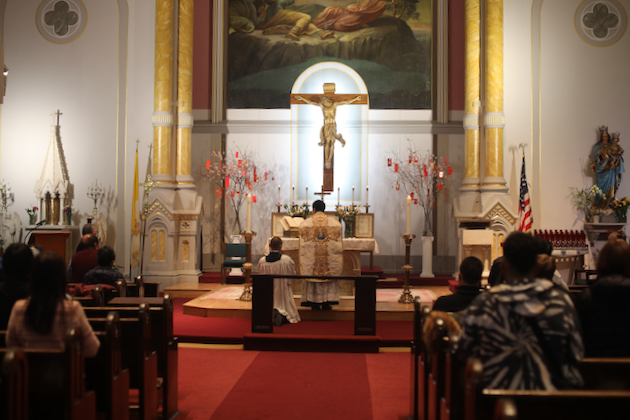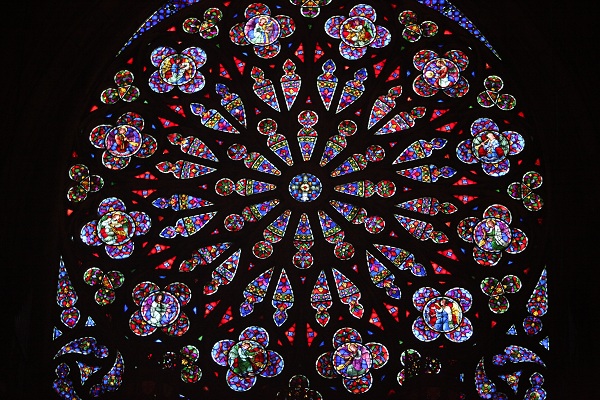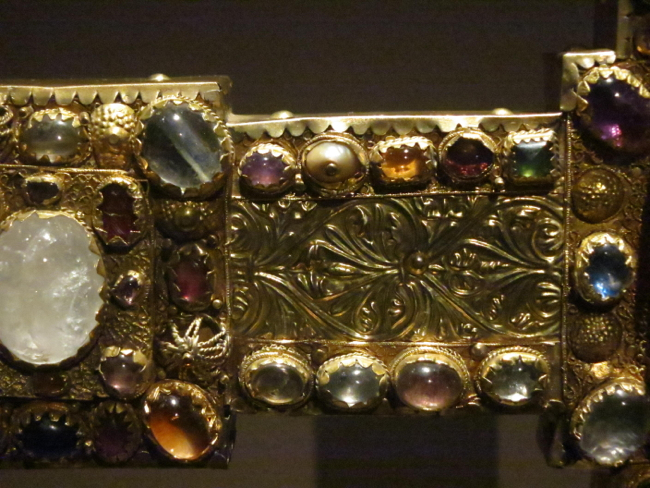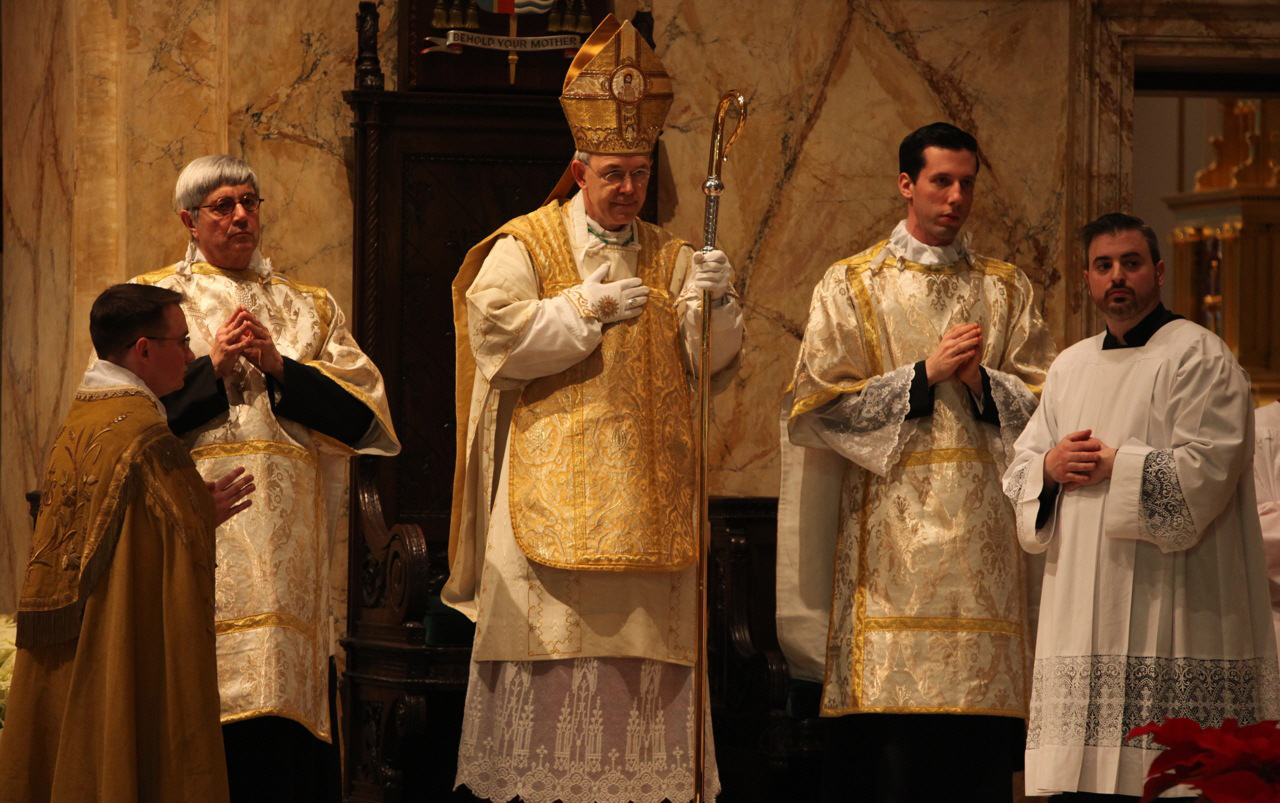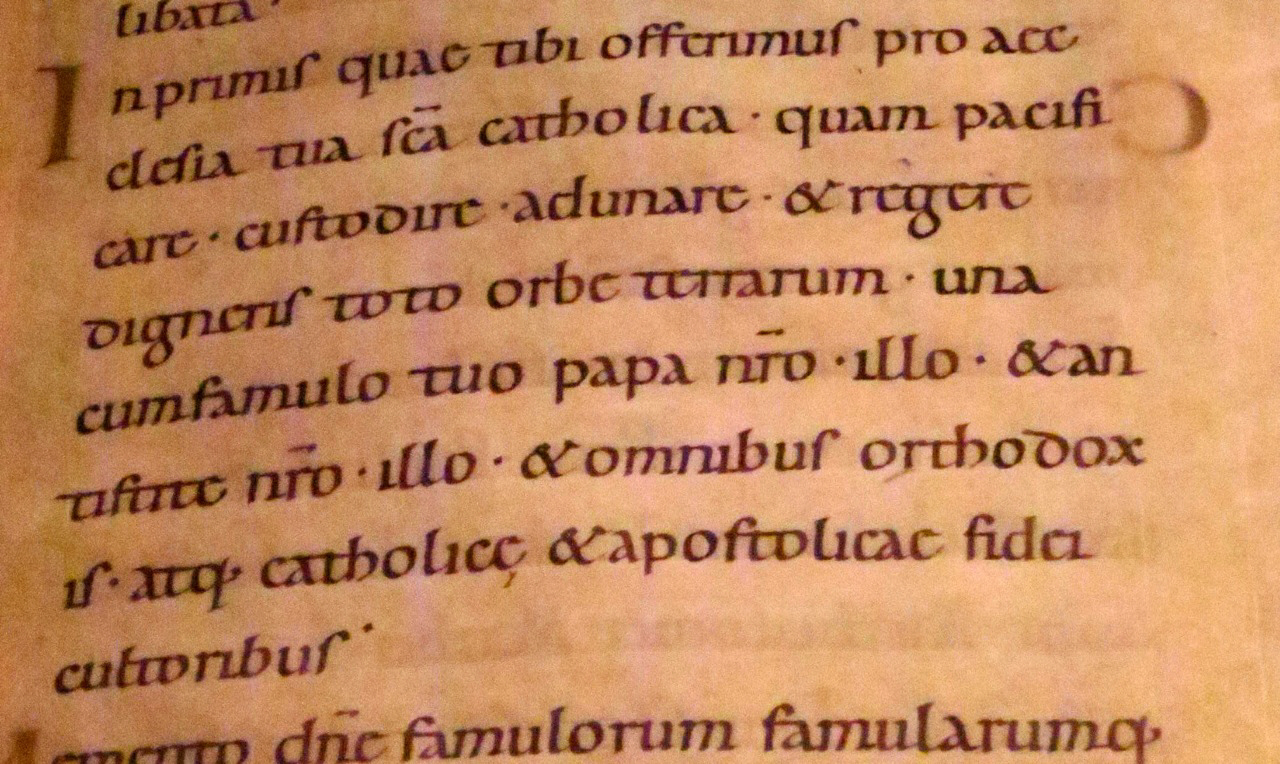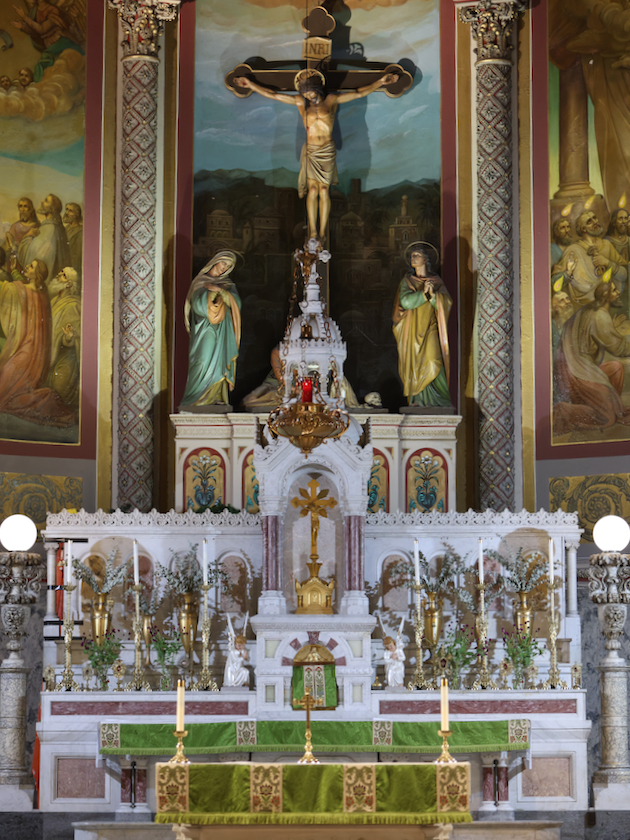
Last night a concert of the music of William Byrd took place in the splendid, resonant and historic setting of Most Holy Redeemer Church, East 3rd Street, New York. A good-sized audience heard a superb performance of Bryd’s music, both sacred and secular. The church was an ideal acoustical environment for this kind of smaller scale, somewhat melancholy music. The warmly applauded performers were Charles Weaver, Elizabeth Weaver, Terence B. Fay and Grant Herreid.
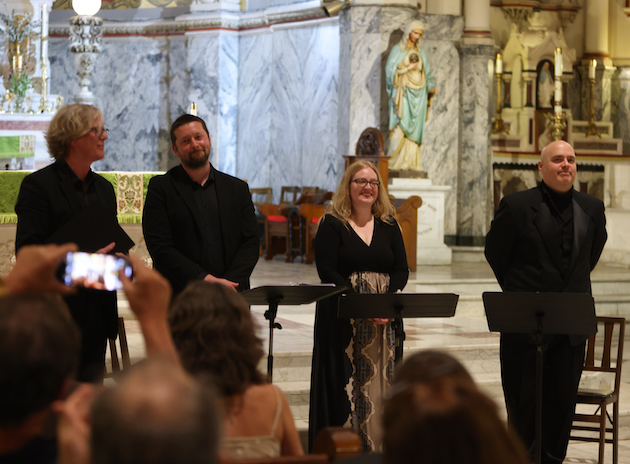
Do I need to point out that Charles Weaver is the Music Director at St. Mary’s, Norwalk, where Elizabeth Weaver and Terence Fay sing with him each Sunday at the Solemn Traditional liturgy? Throughout the evening Charles Weaver interspersed historic commentary which highlighted Byrd’s deep ties with the Catholic recusants (Byrd was one of their number). Indeed, he had a specfic connection with the manor of the Paston Family in Norfolk where some of the music heard last night would have been performed. Edward Paston was, moreover, not just a patron but an artistic collaborator of Byrd; a poem written by Paston in honor of the Catholic Queen Mary and set by Byrd was performed last night. For it is an amazing fact that in their clandestine celebration of the prohibited Mass the Catholic recusants of Elizabethen England often created magnificent music and art. As Julian Kwasniewski points out in an essay distributed last night with the program:
Although I have spoken primarily of his life as a musician, Byrd’s life as a recusant Catholic should serve as inspiration for Catholics today, who face varying degrees of persecution not only from secular governments, but from within the Church’s hierarchy itself. Figures like Byrd remind us that the creation of great art is possible even in times of adversity. 1)
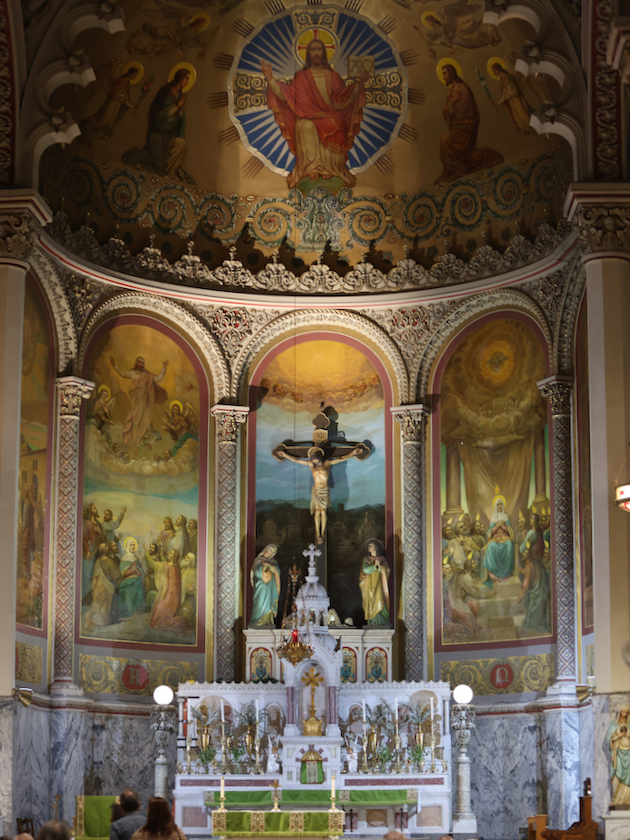
Since 2011 we at St. Hugh of Cluny have often covered events at the grand Church of Most Holy Redeemer, formerly Redemptorist, formerly German. Indeed, this Society has sponsored some of them. Today a young priest of the archdiocese leads this parish in the midst of what some might consider one of the city’s more inhospitable surroundings – half party land, half “underprivileged” neighborhood. Yet, under Fr. Sean Connolly, the church looks better than ever before and the parish is sponsoring an ambitious program of musical performances. 2)
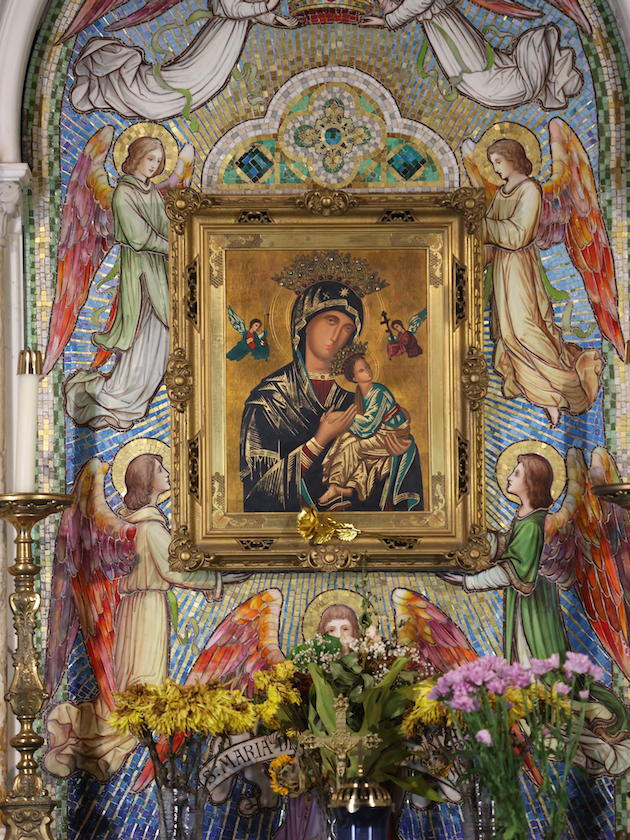
(Above and Below) Most Holy Redeemer is an endless source of insights into the Catholic devotional life of the past ( and, as is the intention of this parish’s current management, of the future as well). Since 1914 the lavishly decorated shrine of Our Lady of Perpetual Help is supposed to be the center of this devotion in New York City. 3)
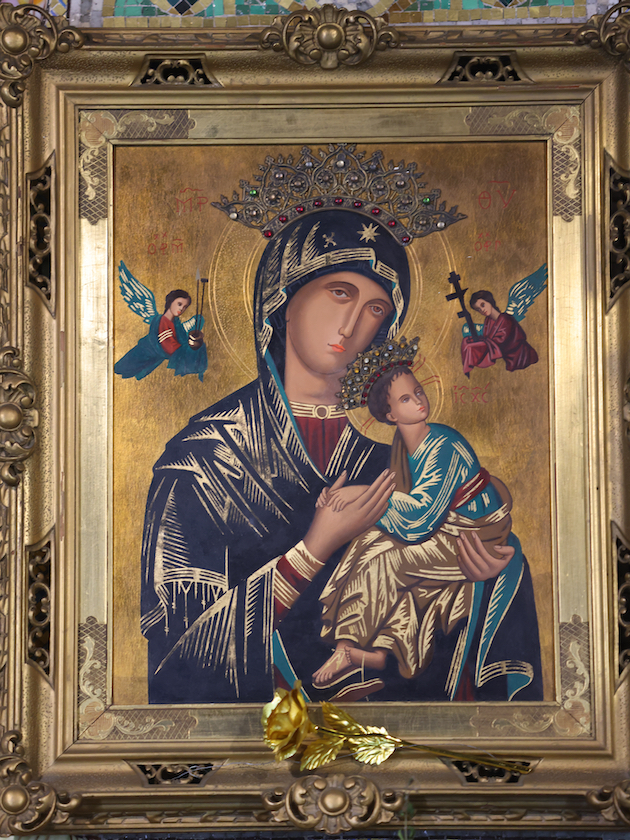
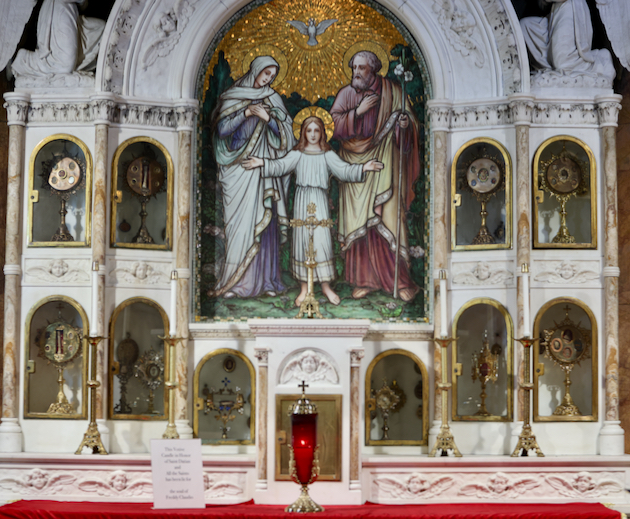
(Above and below) The chapel-shrine of the relics includes those of St. Datian, a romam Martyr, enclosed in a wax image. His relics were brought to New York in the 1890’s amid great rejoicing.
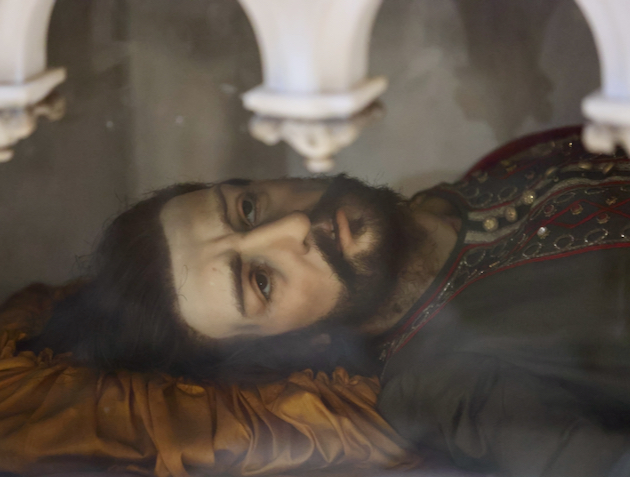
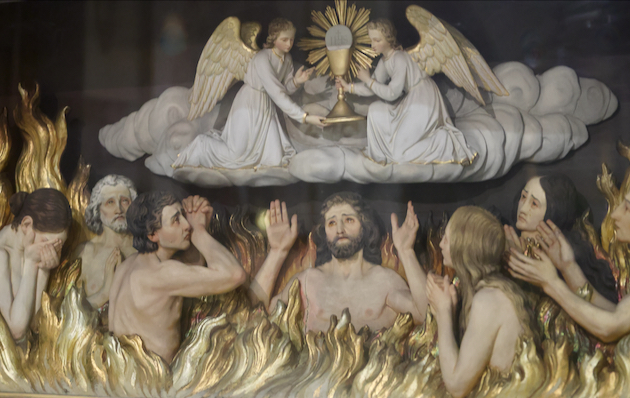
(Above) Catholic devotions of an “earlier age” – that of the poor souls in purgatory. (Below) This modern, somewhat expressionless statue used to adorn (protected by a cage) the facade of the nearby Nativity parish, victim of a recent Archdiocesan downsizing. Most Holy Redeemer parish is now “Most Holy Redeemer-Nativity.” 4)
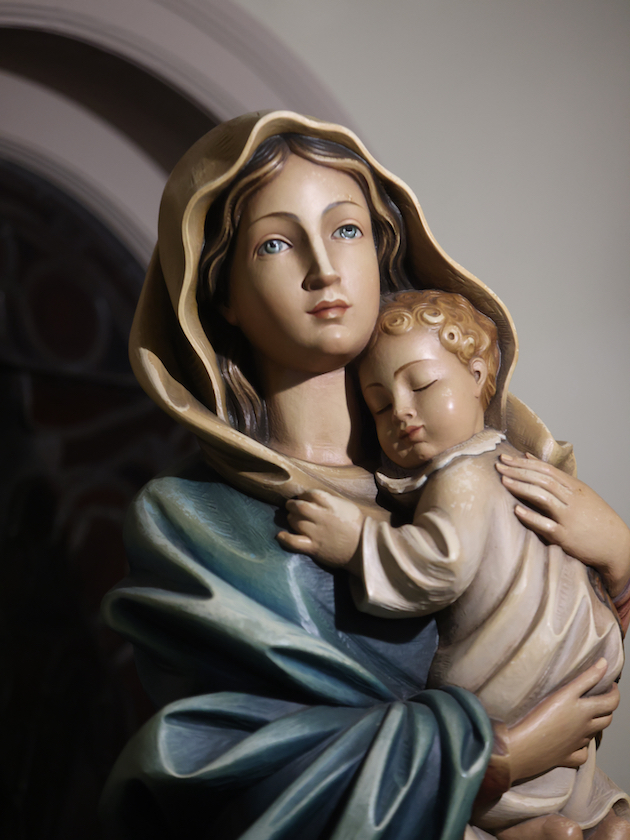
- Kwasniewski, Julian, “Not a tame Byrd: Remembering a great recusant composer,” Catholic World Report (7/2/2023)
- See, e.g., “Solemn Mass of St. Nicholas at Most Holy Redeemer Church,” (12/6/2019); “The Churches of New York IX: Vierzehnheiligen on the East River,” (3/27/2011) both on the Society of St. Hugh of Cluny.
- “Chapel of Our Mother of Perpetual Help,” East Village Catholic (Accessed 9/17/2023)
- “The Churches of New York XII: Lady in a Cage,” Society of St. Hugh of Cluny (7/14/2011)
